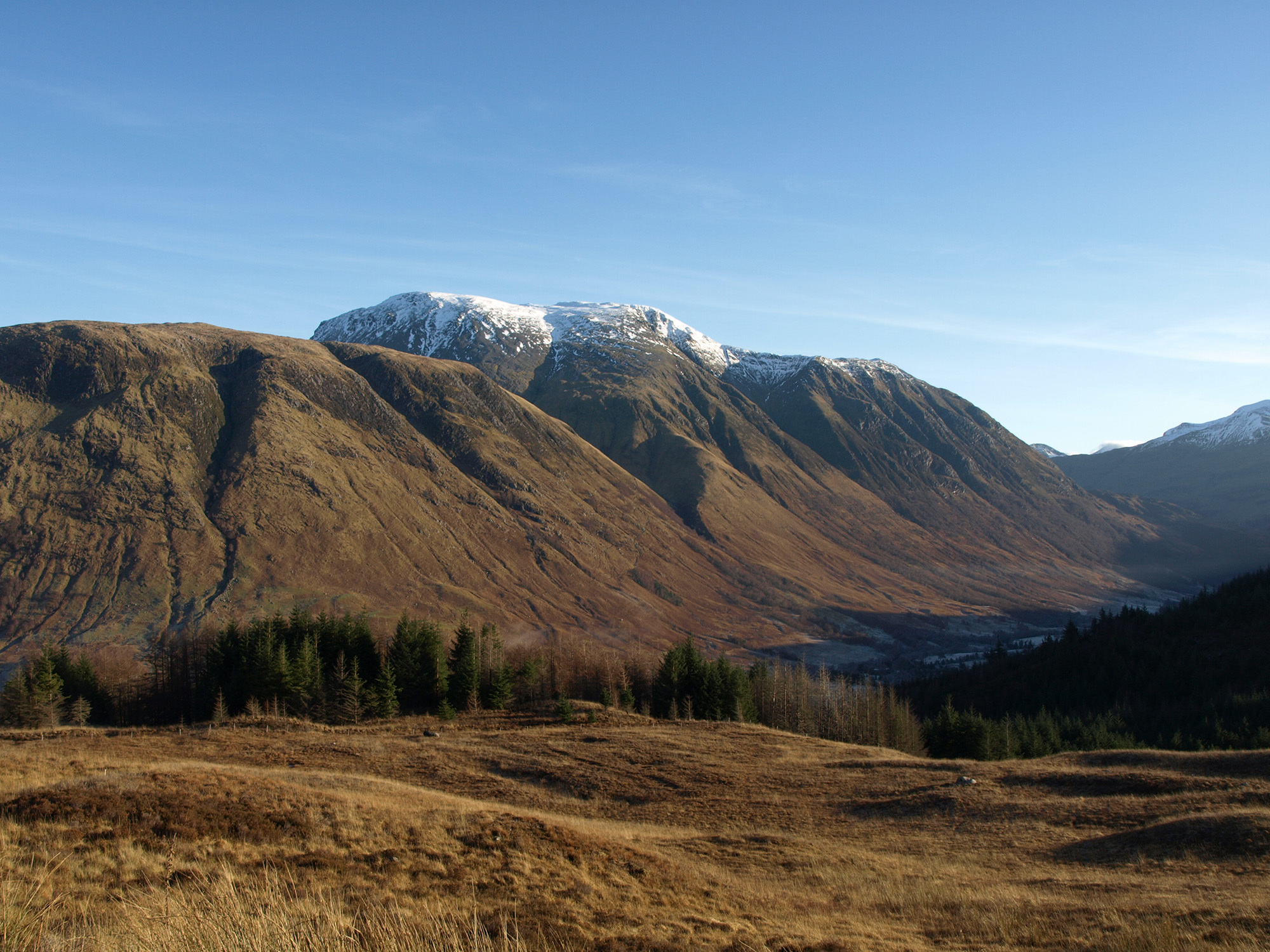It is one of the wonders of Scotland, climbed by thousands of visitors each year, but few of those who are drawn to Ben Nevis appreciate the wonders beneath their feet.
Now a new guide to Britain’s highest mountain sets out the geological features of the 4,409ft peak and the events which shaped the area’s spectacular scenery.
The story of how the UK’s highest peak was formed is being told in a joint project between Lochaber Geopark and the British Geological Survey.
The book, expected to be available in April, will be aimed at visitors, people with an interest in geology, walkers, the local community, schools and students.
It is hoped it will help to boost the local economy by promoting it as a centre for “geo-tourism”.
Noel Williams, of Lochaber Geopark, said: “Many visitors each year come to see or climb Ben Nevis.
“The aim of the new map and guide is to explain the story of how Glen Nevis and the neighbouring mountains were formed.
“This tale involves mountain building, fire and ice.”
Mr Williams said the guide would give an overview of the main events which shaped the local rocks.
He said: “To help bring this information to life, it also gives details of eight walks in the Nevis area.
“The outings are graded for difficulty and range from simple circuits in the floor of Glen Nevis to the more demanding ascent of Ben Nevis itself.
“Accompanying the guide will be a new geological map of the area showing the line of the walks and the rocks they cross.
“The map is well illustrated with some of the landscape features and plant life seen on the walks.”
Mr Williams said the publication would be in the same format as an existing map and guide to Assynt further to the north, which has helped to boost the appeal of that area.
He added: “It is aimed at the non-specialist and should be of great interest to those wishing to find out more about how the spectacular local scenery was formed.”
